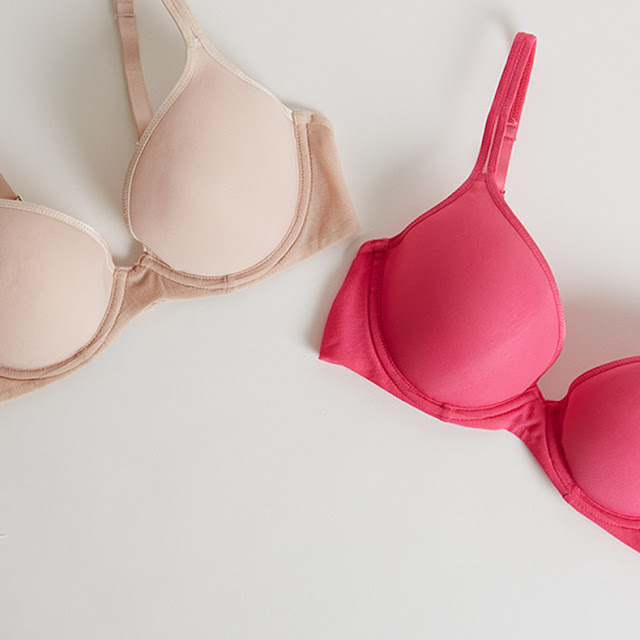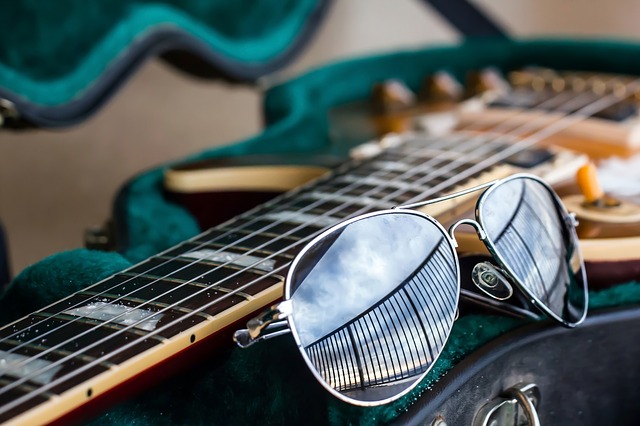Everything You Need To Know To Find The Perfect Bra
Everything You Need To Know To Find The Perfect Bra
Why is it that bras - one of the most necessary components of a woman's closet - feels almost impossible to find one that fits us perfectly? Believe it or not, about 50% of women are wearing the wrong size and this does not mean that you only look and feel better when you have the right fit, but it also has practical implications.We seek the opinion of experts to get to the bottom of this matter and ensure that the next time we have to buy underwear, we are choosing the perfect fit!
 |
| Perfect Fit Bra |
The Cause of the Size Confusion
If you are medium-sized, you have probably been told at some point in your life that you are size 34B. This almost universal belief that each woman fits this size is an important cause of the disparities of shims of different brands. While size 34B could be an average measure of underwear, there is no standard of fit in this industry, which translates into important differences between one brand and another.You might think it's just a mathematical equation, but it's not like that - each brand has its own version of 34B, which then also affects all other sizes of that same brand. The size is property of each brand and so also the fabrics influence, if the lace is more or less rigid, the type of cotton, etc.
Where to Start to Find the Size
With so many factors that influence the fit of bras, where do we have to start? Although it could be an imperfect process, the starting point is quite obvious, and it's about taking your measurements. This, in addition to trying on a variety of styles - no matter what your budget is - in several different stores and so you will find which one fits you best.The fit is much more an art than a science, so it is worth the trial and error with the eye and help of an expert. But, if you prefer to do it in the privacy of your home, it is possible to obtain the precise measures as follows: Start below your arms and pass a measuring pad through your back and over your bust (at the height of the neckline). Write down that number as the first measure. Then, do the same but passing the hunch behind your back and measuring the highest part of your breasts, which will give you the second number (this will be higher). Then, subtract the smallest to the largest number. For example, if the first measure gave you 81 cm and the second gave you 91 cm, the difference is 10 cm, which corresponds to a cup D. Each cup equals 2.5 cm, starting from A.
Everything is in the Details
While the two measures that we detail above are key components of size, it is also advised to consider other adjustment elements:In a Bra with a Good Fit, the small piece that connects the two cups should be flat right in your breastbone and should not be pulled or twisted. The bra band should be just around the ribs, without it being loose or stuck in the skin and you should feel comfortable. If the band is well adjusted and is supported correctly, then the straps should also look good and not stick. Many times, if the band is too loose, the braces will be nailed, as a result of the breasts receiving all the support from the braces and not from the band, which becomes very uncomfortable.
On the other hand, the bra cup should cover the entire breadth of your breast tissue, from the center of the breasts to the breastbone and down to the armpits. Finally, you should try on your bra with a shirt on and check that you like the shape of both front and profile.
Reach the Perfect Fit
If it has been a while since you made the last purchase, the time has definitely come, since technical innovations and designs have evolved the way the bras fit the body.Historically, many women chose to wear bras that were larger than they really needed. Today, bras are made with better quality fabrics that offer greater flexibility. In addition, it is important to know that it can be difficult to find a perfect one at first, but as we said before, it is worth the trial and error.




Comments
Post a Comment